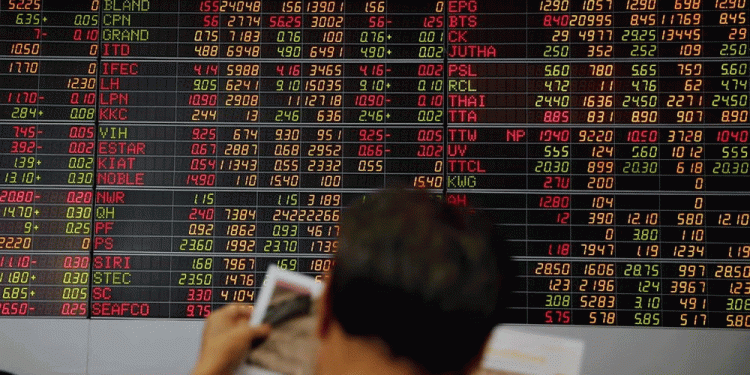The price of rubber has fallen with the same speed at which it shot up last month in the international market. In 30 days, it has risen to ₹200 a kg and returned to ₹170.
This was triggered by anxiety over the availability of rubber in major rubber producing countries. Due to repeated floods in the southern provinces of Thailand at the end of last year and at beginning of this year, tapping could not be done for long periods . Along with this, the expectation that rubber demand from China would pick up in the new year has influenced futures trading in rubber.
There was also a widespread feeling that there could be a shortage in the global availability of rubber. In the futures market the impact was sudden. When the floods in Thailand gradually receded the anxiety about the non availability of rubber disappeared and the prices started falling.
But the Indian market reacted to this very carefully. Though the international price suddenly improved, it could not make any changes in India. Since the industrialists had sufficient stock with them, the anxiety over non-availability was not severe. Sometimes the difference between the internal and domestic prices was ₹30-50. Therefore when the prices started falling, the impact it created in the domestic market was negligible.
The Kerala government’s announcement that its incentive scheme would continue for some time provided relief to the growers in the State. Even when the price is ruling high the growers are unable to tap the trees. Due to severe summer the soil is dry, and this has affected the harvest. In many plantations harvesting has not resumed after tapping rest. Growers are now hoping summer rains will come to their rescue and they can continue with tapping.
Compared to FY16, there has been a 14.8 per cent increase in production in FY17 till January.


























